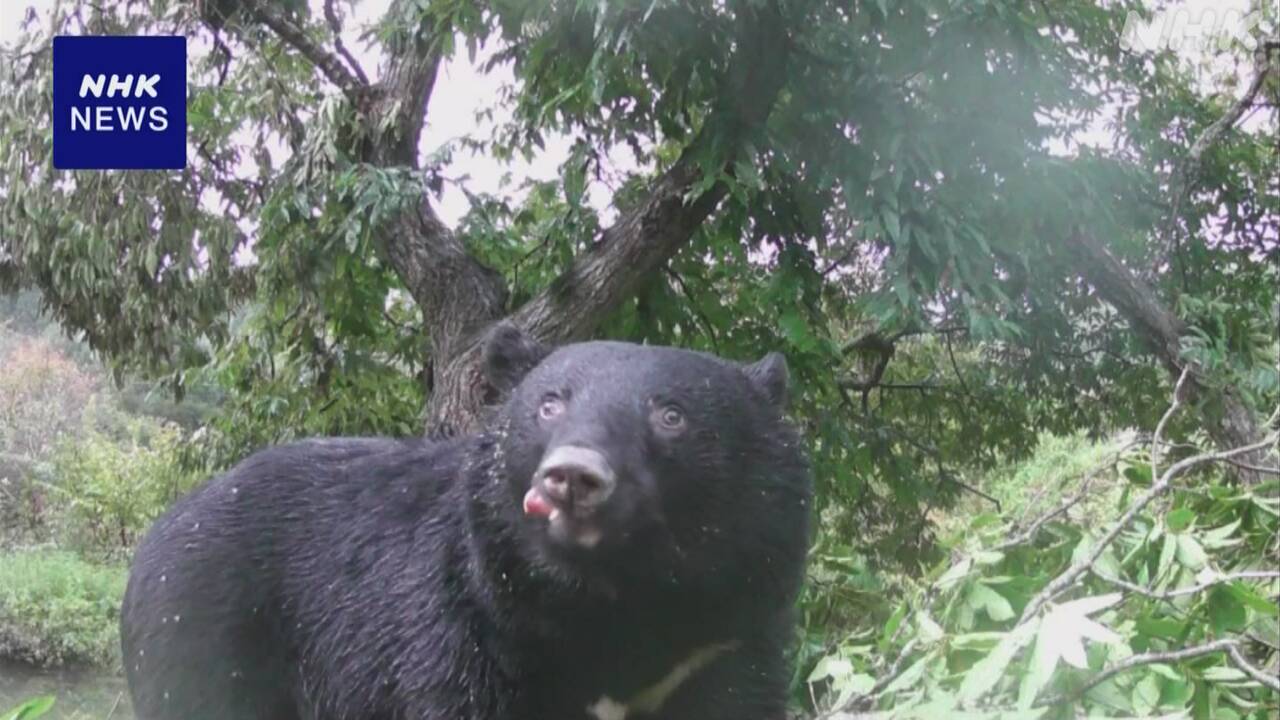As of the end of January, 70 people in Akita Prefecture had been attacked and injured by bears this year, the worst number on record. An interview with the university revealed that 90% of the seriously injured patients transported to Akita City University Hospital had facial injuries.
As of the end of January, 70 people had been injured in bear attacks in Akita Prefecture this fiscal year, more than triple the previous year.
According to the Akita University Hospital in Akita City, which treated 20 of these seriously injured people,
18 people suffered injuries to the face, accounting for 90% of the injuries
, followed by
the arms and shoulders of the upper body. 14 people had injuries to their upper limbs
, 11 people had injuries to
their heads, 8 people had injuries to their lower limbs such as knees and thighs, and
most of the injuries were to the face and head.
A closer look at the 18 people with facial injuries revealed
that 3 lost sight in one eye and
9 were diagnosed with broken bones.
In addition, four people developed infections with bacteria remaining in their wounds, and some were hospitalized for nearly two months before fully recovering.
In addition, some people developed acute stress disorder, suffering from ``flashbacks'' that recalled memories of the attack, and some needed psychological care.
Doctor Hideomi Tsuchida, who conducted the treatment, said, ``Damage caused by bears affects the whole body and requires treatment in multiple departments, but we found from the patient's tendency that their faces are particularly prone to being targeted, which can lead to serious injuries.''Treatment takes a long time. "If you encounter a bear, be sure to protect your face and head, as it can easily turn into a bear and make it difficult to return to your normal life."
More than 200 people affected by bears this fiscal year; Ministry of the Environment to present countermeasures
According to national statistics, the number of people affected by bears this year reached 218 as of the end of January, making it the worst ever and exceeding 200 people for the first time since statistics began being kept.
By prefecture, there were
2 deaths each in Hokkaido and Iwate,
and 1 each in Toyama and Nagano, for
a total of 6 people. Additionally,
70 people
were injured in Akita
, 47 in Iwate
, 15 in Fukushima,
and 11 in Aomori and Nagano, with
70% of the damage occurring in the Tohoku region.
Damage has continued even after December, when bears are supposed to hibernate, with a
total of six people injured
: three in Ishikawa
, two in Iwate
, and one in Fukushima .
With damage caused by bears at an all-time high, local governments in Hokkaido and Tohoku requested the national government in November last year to add bears to the list of "designated birds and animals under management," along with sika deer and wild boars, and to cover the costs of capturing and researching them. requested that it be included in support.
In response to these requests, the Ministry of the Environment set up a committee of experts last December, and on the 8th, the committee will present countermeasures regarding whether or not to add the species to the list of designated birds and animals under management.

